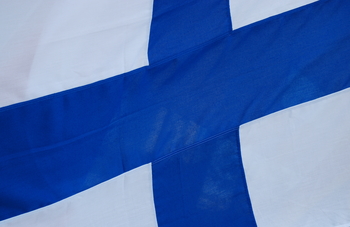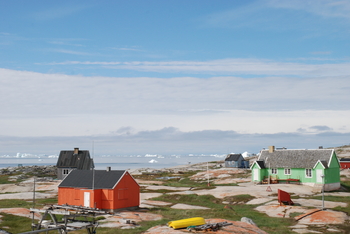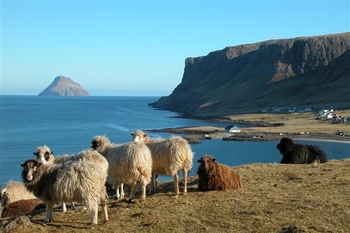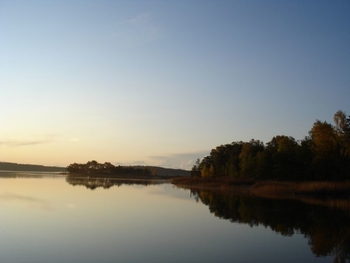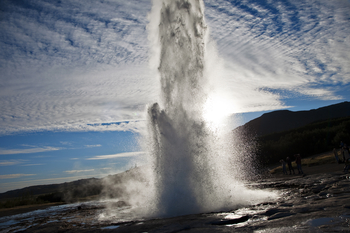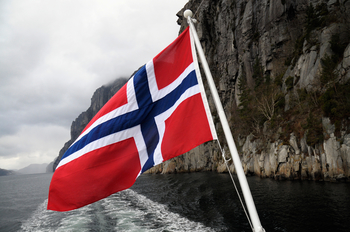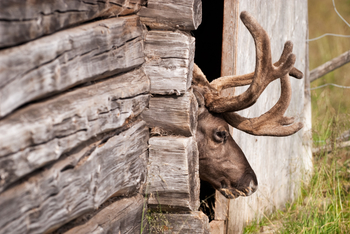Facts about Denmark
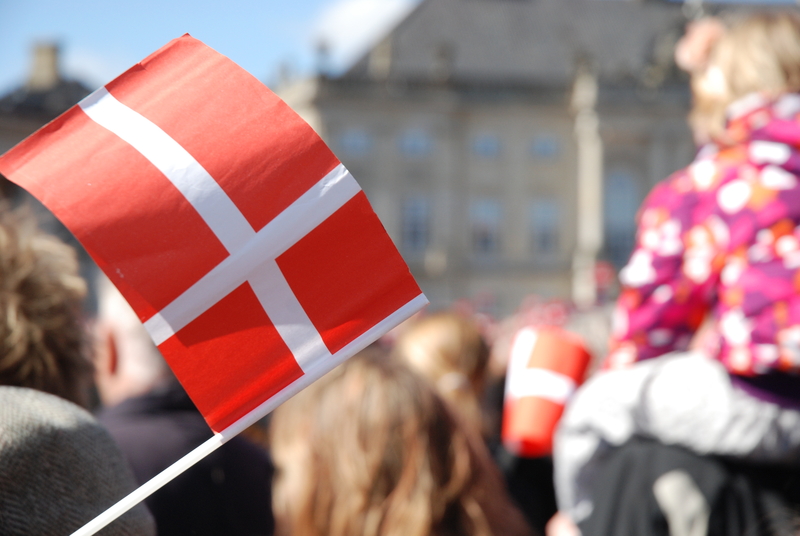
Denmark borders Sweden to the east and Germany to the south. The Øresund Bridge connects Sweden to the largest Danish island, Zealand. Jutland, which is a peninsula, connects Denmark with Germany. The third-largest island in Denmark is Funen, which is connected to Zealand by the Great Belt Bridge and to Jutland by the Little Belt Bridge.
Politics in Denmark
Denmark is a constitutional monarchy. King Frederik X has no real political power, and the parliament, Folketinget, is the country’s highest authority. Denmark is a member of the EU, but has retained the krone as its currency. It is also a member of NATO.
- National day: 5 June (Constitution Day, 5 June 1849)
- Form of government: Constitutional monarchy
- Parliament: Folketinget (179 seats)
- EU membership: Since 1 January 1973
- NATO membership: Since 4 April 1949
- Head of state: King Frederik X
- Head of government (since June 2019): Prime Minister Mette Frederiksen (Social Democrat)
Population
With a population of around 5.9 million, Denmark is the most densely populated country in the Nordic Region. Roughly 1.3 million people live in and around the capital city, Copenhagen.
- Population in 2023: 5,932,654
- Population of the capital in 2021: 1,336,982 (Greater Copenhagen, including suburbs (1))
Population trend
Economy
The most important sources of revenue in Denmark are oil and other forms of energy, the medical industry, agricultural produce, shipping and IT services.
- GDP per capita: 40,400 euro PPS (2019).
- Currency: Danish krone (DKK)
Geography
Denmark is the smallest of the five nations in the Nordic Region, with a total land mass approximately the same size as Finnmark County in Norway. On the other hand, Denmark has plenty of good arable land, and makes the most of this natural resource.
- Total area: 43,561 km²
- Land area: 42,962 km²
- Arable land, market gardens and orchards: 25,329 km²
- Forests and plantations: 5,294 km²
- Lakes and rivers: 671 km²
- Largest lake: Arresø – 39.5 km²
- Highest point: Yding Skovhøj - 172.5 m
- Coastline: 7,314 km
Climate and environment
Denmark has a temperate climate, with frost and occasional snow in the winter. The average temperature is around 16°C in the summer and 0.5°C in the winter. Precipitation is at its highest in September, October and November and lowest in February and April.
- Average temperature in Copenhagen (2020): 10.7°C (maximum 32.4°C, minimum -4.7°C)
- Mean precipitation (1961-1990): 712 mm
- Precipitation in Copenhagen (2006): 823 mm
Average temperature in Denmark
Degrees Celsius
Danish
The official language in Denmark is Danish, which belongs to the North Germanic language group along with Icelandic, Faroese, Norwegian and Swedish. It uses the Latin alphabet with the additional letters æ, ø and å.
- Official website: www.denmark.dk
- Official language: Danish
Interested in moving to Denmark?
If you are interested in moving to Denmark, contact Info Norden, the Nordic Council of Ministers’ information service.
Do you want to know more about Denmark and the rest of the Nordic countries?
The biennial report State of the Nordic Region provides a comprehensive and unique insight into the Nordic countries, drawing on statistical data on demographics, the labour market, education and the economy in the Region.
Interested in more statistics?
We have collated relevant Nordic data and statistics in the Nordic Statistics database. The database covers multiple subject areas and all of the Nordic countries.
__________________________________________________________________________________________
1) Copenhagen, Frederiksberg, Albertslund, Brøndby, Gentofte, Gladsaxe, Glostrup, Herlev, Hvidovre, Lyngby-Taarbæk, Rødovre, municipalities of Tårnby and Vallensbæk and urban areas of Ballerup, Rudersdal, Furesø, Ishøj By, and Greve Strand.
